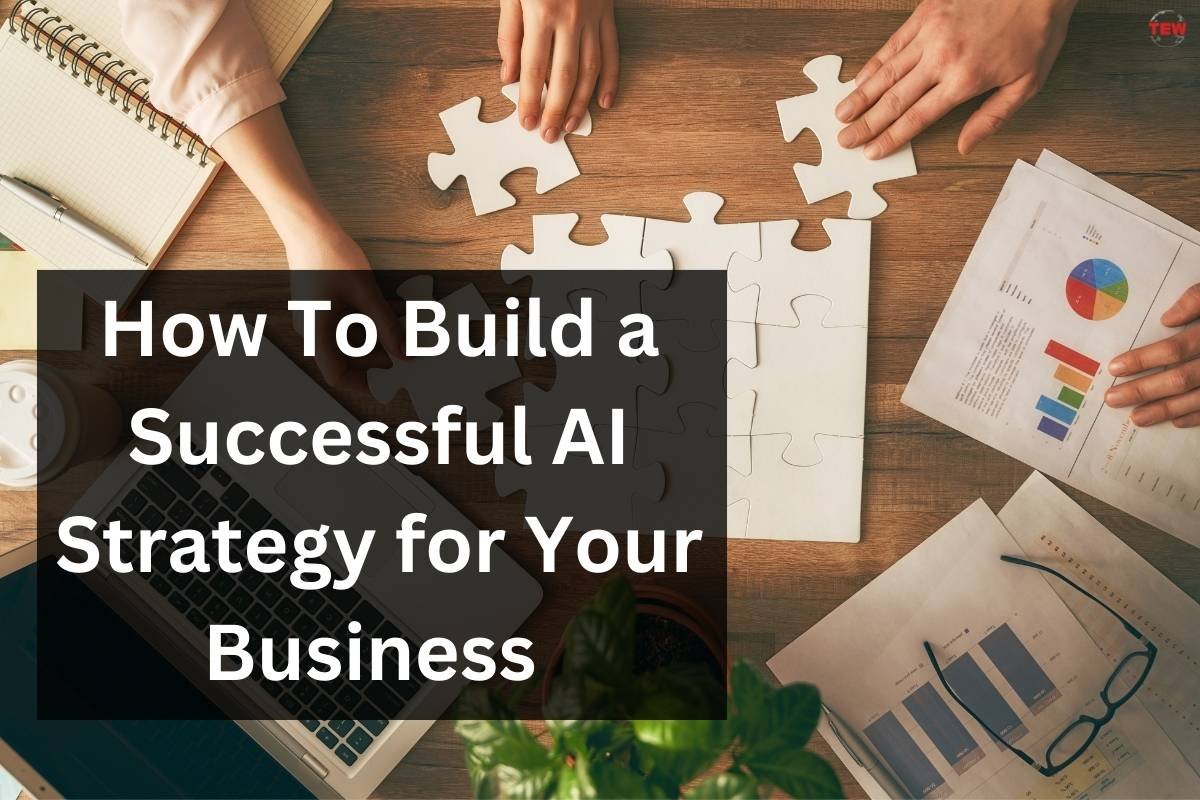AI strategy is revolutionizing the business world by allowing enterprises to develop new products and services, automate tasks, and elevate their customer experiences. The recent boom of conventional artificial intelligence systems like ChatGPT has also greatly accelerated the rate of AI adoption. However, there are still a lot of huge unexplored opportunities for creating AI applications that can accelerate and scale across an entire business.
Without a diligent approach, many artificial intelligence initiatives and projects won’t create any business value. Developing an AI strategy is a great way to ensure that your projects deliver business value for continued investment and growth.
In this article, we’ll look at a step-by-step guide to help you develop a successful AI strategy for your business and enjoy all the benefits that come with it.
Here are 5 Steps To Building a Successful AI Strategy for Your Business:
Step 1: Discovery
Discovery is the basis of every smart AI strategy, whether you’re developing an AI strategy or a betting system. For instance, when developing a betting strategy, you’ll need the team of experts at Sports Geek to give you information on reliable platforms. Similarly, the discovery state is where you collect information about your business to guide your strategic decision-making.

While most people think the discovery phase is boring, it can be the most exciting and insightful phase in the process. Doing your due diligence in the discovery phase will lay a strong foundation for everything you’ll do down the line. These efforts fall into two main categories: use-case discovery and organizational discovery.
Step 2: Strategic AI priorities
Now that you understand where your business is headed, it’s time to identify how artificial intelligence can get you there. In other words, consider the top priorities of your business, the problems that you need to resolve, and how artificial intelligence can help you deliver your strategic goals.
To ensure that your AI strategy is achievable and focused, it’s wise to stick to about 3–5 use cases. Some of the top priorities that may be worth considering include developing smart products and services, automating repetitive processes, making business functions and processes more intelligent, and automating manufacturing processes.
Step 3: Data Strategy

AI-based systems need a lot of data to add value to your business. That’s why you’ll need to review your business data strategy for every AI use case and identify key data issues. Ask yourself whether you have enough data or whether you have the right data to achieve your AI priorities. Additionally, some AI systems may need new data collection methods or third-party data.
Step 4: Ethical and legal issues
The idea of having super-intelligence machines at work freaks out a lot of people. It’s therefore essential that you apply artificial intelligence in a way that’s legal and ethical. In this phase, you’ll need to ask yourself how you can avoid invading your customer’s privacy, the legal implications, and the type of consent that you’ll need from employees, users, or customers.
Step 5: Technology issues

In this phase, you’ll need to identify the technology and the infrastructure implications related to the decisions that you have made so far. Here, you’ll need to consider the technology required to achieve different AI priorities, whether you have the right technology, and which systems you’ll need to adopt.




